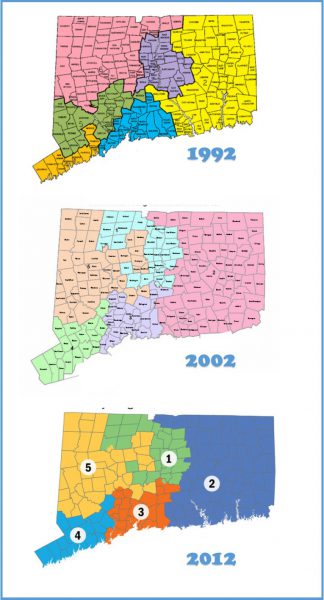Connecticut Hall of Fame Inductions Seem to Have Ended
/It seemed like a good idea at the time. More than a decade ago, in 2005, a committee of legislators successfully urged the state legislature to establish the Connecticut Hall of Fame, to be featured in the Legislative Office Building (LOB) in Hartford.
In announcing the proposal, they explained “the hall of fame is designed to recognize those individuals from Connecticut who have distinguished themselves in their professions, nationally or internationally. It will also have an education function because of the great number of students who visit the Capitol and LOB annually.” It was even specified that the lettering of the names of inductees “will be in brass.”
The first class of inductees, in February 2007, were Mark Twain, Igor Sikorsky and Katharine Hepburn, their names affixed to the wall of the second floor atrium in the LOB. It marked a successful launch, after being “in the planning stages for four years,” according to an announcement at the time.
The legislators driving the initiative were then-Senators Joseph Crisco (D-Woodbridge) and John McKinney (R-Fairfield) and then-Representatives Elizabeth “Betty” Boukus (D-Plainville), and Michael Caron (R-Danielson). Today, all no longer hold legislative seats. When it began, it was said that “Funding for the Connecticut Hall of Fame is expected to come from corporate contributions, grants, and contributions from individuals, foundations and, potentially, appropriate state agencies.”
The Hall has slowly fallen from the legislative radar screen. A brochure about the Hall of Fame indicates that “Each year the committee reviews the appl ications of many nominees and refers their selection to the Legislative Leaders for approval. An awards ceremony, ‘Connecticut Hall of Fame Day,’ is held to honor those inducted.” Not lately.
ications of many nominees and refers their selection to the Legislative Leaders for approval. An awards ceremony, ‘Connecticut Hall of Fame Day,’ is held to honor those inducted.” Not lately.
Induction ceremonies were held in 2007, 2008, 2009, and 2010, but only in three years since – 2013, 2014 and 2016. In 2008, the committee reviewed the applications of 30 nominees. No ceremonies have been held, however, in three of the past four years, and none appear to be on the immediate horizon. Officials indicate that the “committee” currently is without leaders.
In 2009, the committee included Rep. Themis Klarides, now the House Republican leader. In a news release that year, she saluted one of the inductees: “Paul Newman’s story is a truly American story and Connecticut can be proud he called our state home,” said Representative Klarides. “Mr. Newman is known widely for his distinguished film and Broadway career, but his service to our nation in WWII and his life-long philanthropic dedication further make him uniquely worthy of addition to the Connecticut Hall of Fame.”
Most recently, in 2017, the co-chairs were then-Sen. Anthony Guglielmo and Rep. Terrie Wood, along with then-Rep. Matt Lesser, now a State Senator.
Among the inductees are UConn’s Geno Auriemma and Jim Calhoun, along with historic figures Noah Webster, Harriet Beecher Stowe, Roger Sherman, Nathan Hale, Henry Burbeck, Helen Keller, Horace Wells, Marian Anderson, Harry Gray, Jackie Robinson and Ralph Sturges, longtime leader of the Mohegan Tribe.
The inductees also Judge Constance Baker Motley; composer and musician David Brubeck; architect Frederick Law Olmsted; aviation pioneer Frederick Rentschler; composer and lyricist Stephen Sondheim; actor and philanthropist Paul Newman, and actress Meryl Streep. Also having their names added to the roster of inductees on a second-floor wall of the Legislative Office Building are Judge John T. Downey; American inventor and businessman Alfred Carlton Gilbert; artist Deane Keller and undersea explorer Robert Ballard.
Whether the Connecticut Hall of Fame will see additional inductees this year, or in future years, remains uncertain. Information on the Hall can be seen at https://www.cga.ct.gov/hof/


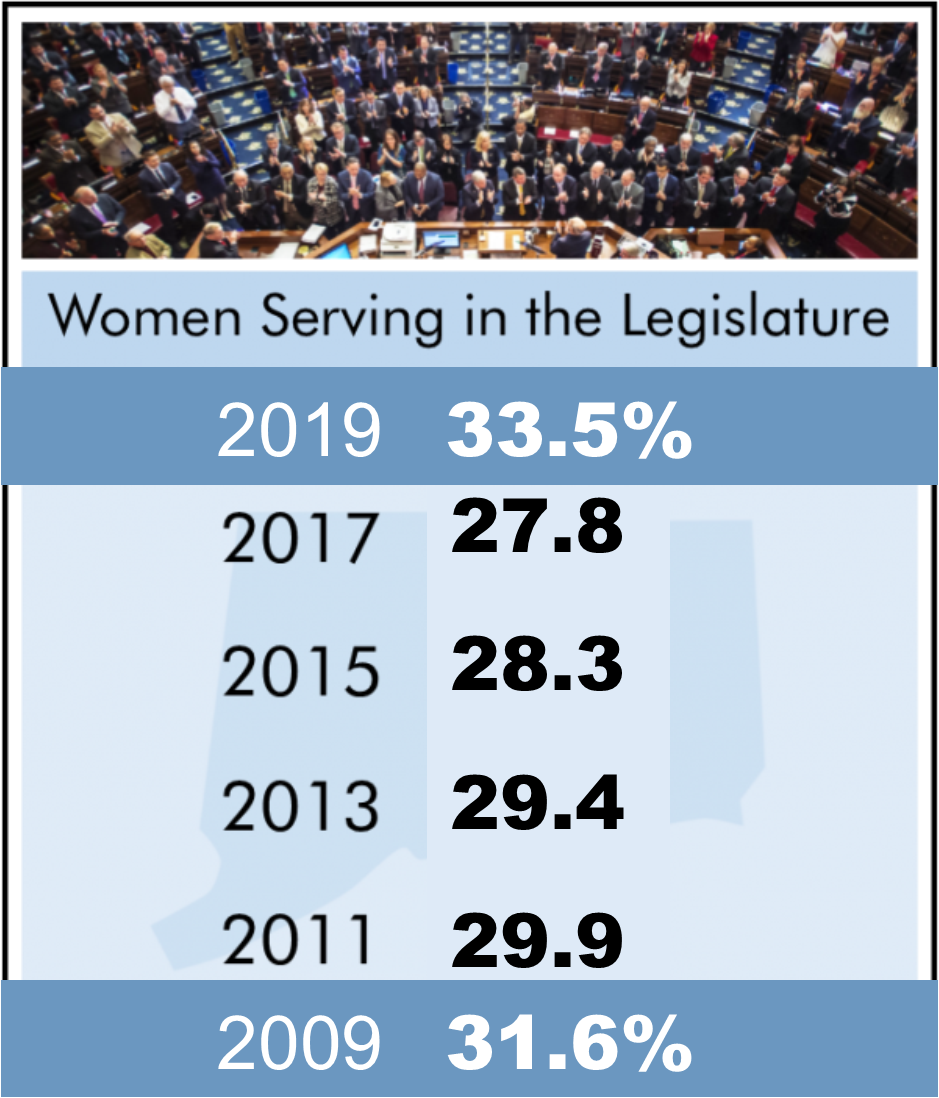
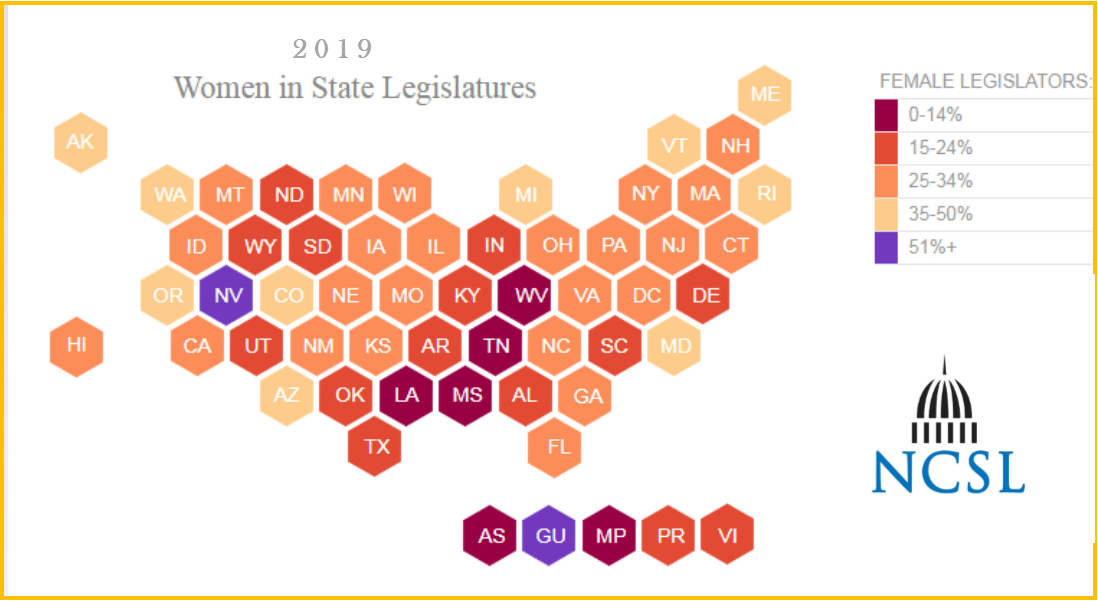
 The strong turnout percentage this year is underscored by the fact that the number of registered voters is considerably larger. As of Nov. 2 – not including those individuals who registered and voted on Election Day – the number of registered voters in Connecticut was 2,165,045, according to the Office of Secretary of the State. Back in the ‘90’s, the list of registered voters hovered between 1.7 million and 1.8 million. This year’s election brought a higher percentage of voters to the polls from a larger list of individuals registered to vote.
The strong turnout percentage this year is underscored by the fact that the number of registered voters is considerably larger. As of Nov. 2 – not including those individuals who registered and voted on Election Day – the number of registered voters in Connecticut was 2,165,045, according to the Office of Secretary of the State. Back in the ‘90’s, the list of registered voters hovered between 1.7 million and 1.8 million. This year’s election brought a higher percentage of voters to the polls from a larger list of individuals registered to vote.
 More than 250 attendees are anticipated, to include consultants, coaches, funders, academics, and executives from across the country. The conference intends to “convene the diverse perspectives that shape and advance our field.”
More than 250 attendees are anticipated, to include consultants, coaches, funders, academics, and executives from across the country. The conference intends to “convene the diverse perspectives that shape and advance our field.”

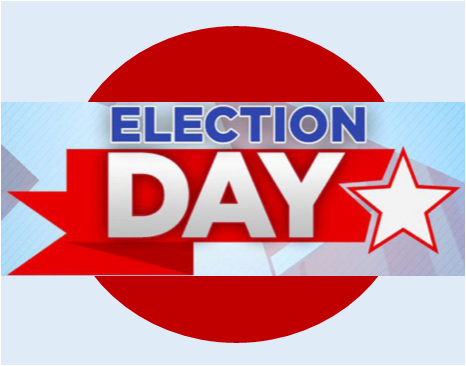 Just over a decade later, her business acumen and history of public service put her on a ticket for statewide office. In 1990, New Haven-area Congressman Bruce Morrison won a primary to be the Democrats choice for Governor, former U.S. Senator Lowell Weicker started his own political party to launch is comeback with a candidacy for Governor, and Republicans nominated another Congressman, John Rowland of Waterbury.
Just over a decade later, her business acumen and history of public service put her on a ticket for statewide office. In 1990, New Haven-area Congressman Bruce Morrison won a primary to be the Democrats choice for Governor, former U.S. Senator Lowell Weicker started his own political party to launch is comeback with a candidacy for Governor, and Republicans nominated another Congressman, John Rowland of Waterbury.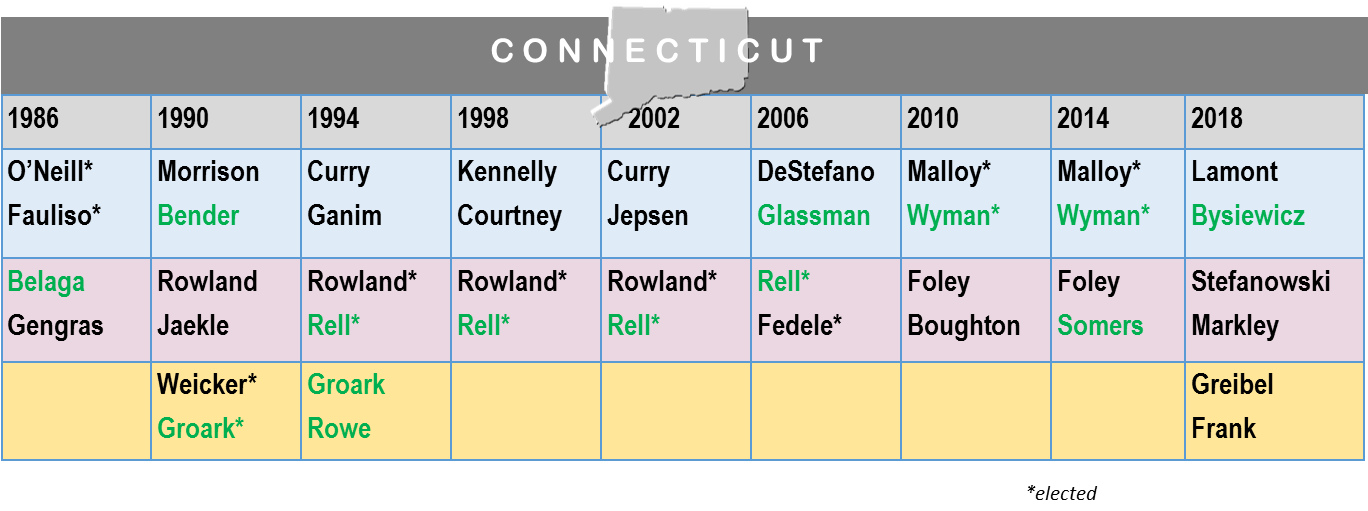
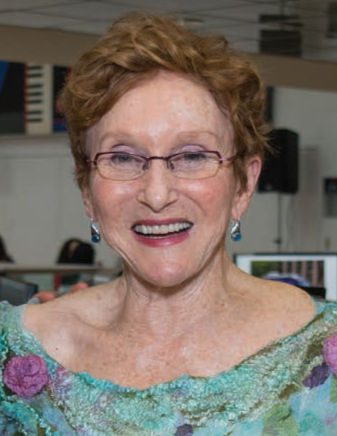 She is also remembered as the Democratic candidate the first time two women were on the November ballot for Lieutenant Governor of Connecticut. That occurred again in 1994 and 2014. At least one woman has been a candidate for Lieutenant Governor or Governor - or both - in every election cycle since 1986, and Connecticut's voters elected Nancy Wyman to serve as Lieutenant Governor in 2010 and 2014, following one term of a man in that role, the only such term since 1990. This year, Susan Bysiewicz is on the ballot for that office. A woman has been elected either Governor or Lieutenant Governor in Connecticut in every election since 1990.
She is also remembered as the Democratic candidate the first time two women were on the November ballot for Lieutenant Governor of Connecticut. That occurred again in 1994 and 2014. At least one woman has been a candidate for Lieutenant Governor or Governor - or both - in every election cycle since 1986, and Connecticut's voters elected Nancy Wyman to serve as Lieutenant Governor in 2010 and 2014, following one term of a man in that role, the only such term since 1990. This year, Susan Bysiewicz is on the ballot for that office. A woman has been elected either Governor or Lieutenant Governor in Connecticut in every election since 1990.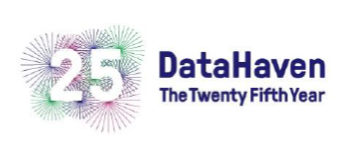

 NEFAC
NEFAC Stephanie McCrummen of The Washington Post, who won a Pulitzer Prize this year for investigative reporting, will deliver the keynote address. Joining McCrummen as featured speakers are Terence Smith, a contributing columnist for the Capital Gazette in Annapolis, Md., and David Cuillier, an associate professor at the University of Arizona School of Journalism.
Stephanie McCrummen of The Washington Post, who won a Pulitzer Prize this year for investigative reporting, will deliver the keynote address. Joining McCrummen as featured speakers are Terence Smith, a contributing columnist for the Capital Gazette in Annapolis, Md., and David Cuillier, an associate professor at the University of Arizona School of Journalism.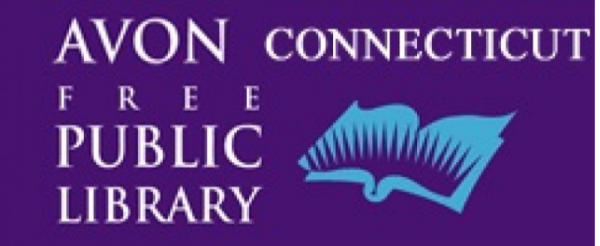 Anti-media rhetoric from President Trump, which was a constant during his campaign and since, has spurred interest in the topic. The discussions in Avon, which are free, will be led by local educators and historians and continue into the fall.
Anti-media rhetoric from President Trump, which was a constant during his campaign and since, has spurred interest in the topic. The discussions in Avon, which are free, will be led by local educators and historians and continue into the fall.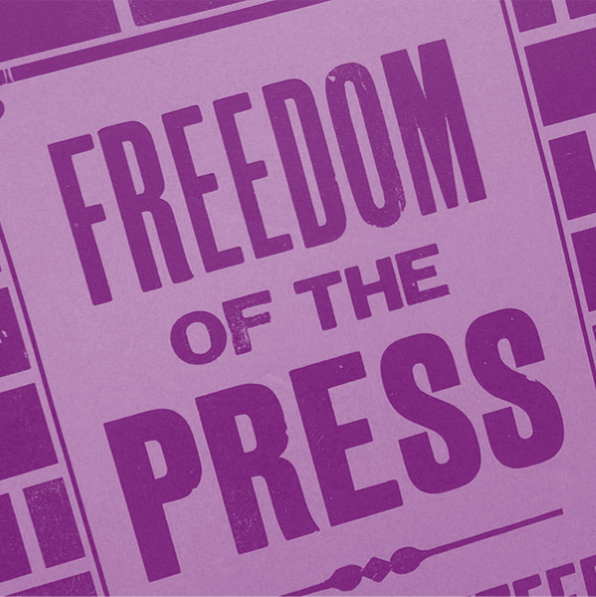
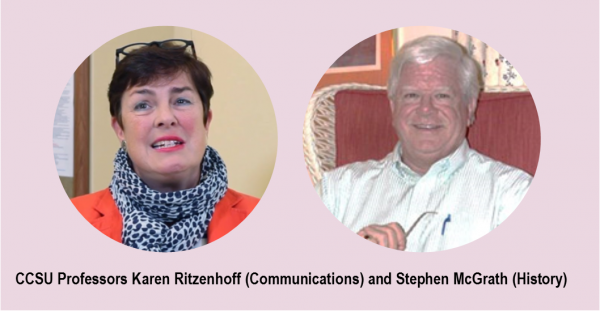 The Popularity of Alexander Hamilton - Thursday, September 13, 2018, 3:00 pm: An illustrated talk about the inspiring story of the Alexander Hamilton, and his contributions, struggles, and tragic death. After years of being perceived as having only a supporting role, Hamilton’s star has risen, confirming his belief that “Those who stand for nothing fall for anything.” The discussion will be led by Bev York, Education Director for the Windham Textile and History Museum.
The Popularity of Alexander Hamilton - Thursday, September 13, 2018, 3:00 pm: An illustrated talk about the inspiring story of the Alexander Hamilton, and his contributions, struggles, and tragic death. After years of being perceived as having only a supporting role, Hamilton’s star has risen, confirming his belief that “Those who stand for nothing fall for anything.” The discussion will be led by Bev York, Education Director for the Windham Textile and History Museum.
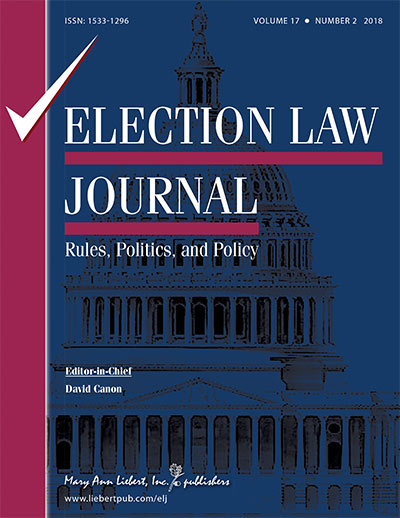 Using a dataset on the compactness of U.S. House districts—with multiple measures generated by geographic information system (GIS) analyses over two redistricting cycles, UConn Associate Professor Jeffrey Ladewig estimated the effects of congressional district compactness on electoral turnout. The conclusion: compactness matters. The
Using a dataset on the compactness of U.S. House districts—with multiple measures generated by geographic information system (GIS) analyses over two redistricting cycles, UConn Associate Professor Jeffrey Ladewig estimated the effects of congressional district compactness on electoral turnout. The conclusion: compactness matters. The 